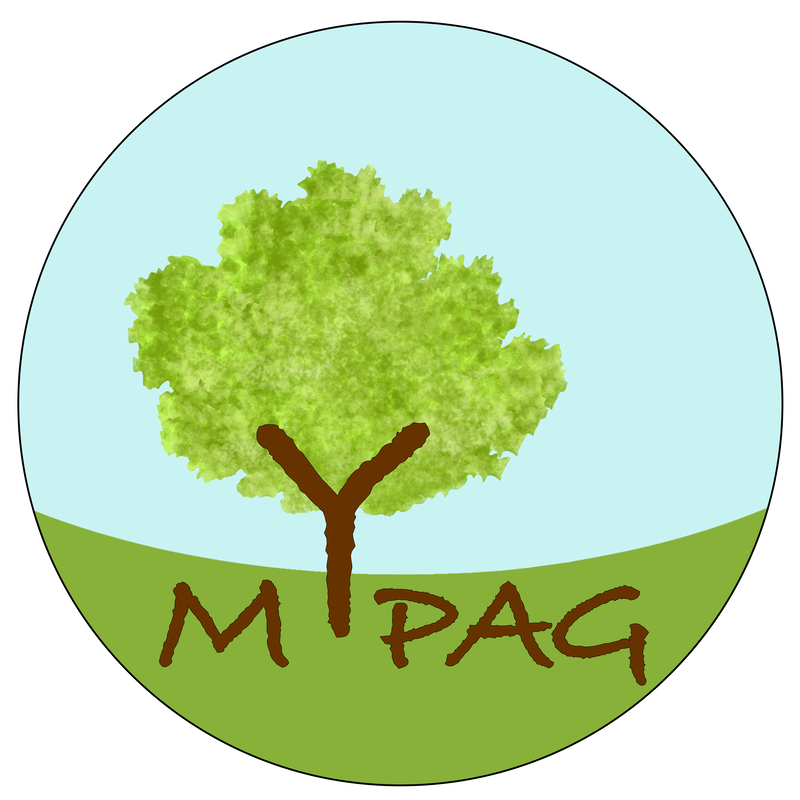SHRUBS
Blackthorn
Recognise by: 6-7m high, densely branched with long spikes or thorns; leaves are oval and toothed; profuse white blossom in spring, one of the earliest shrubs to flower; fruits are blue, small and round and called ‘sloes’, and are used in the making of sloe gin.
If you’re picking them, be careful - a thorn broken off under the skin can be nasty.
If you’re picking them, be careful - a thorn broken off under the skin can be nasty.
Bramble
Recognise by: can grow up to 2m high, with long thorny stems; prickly leaves which are dark green on top, pale underneath; clusters of white or pink flowers in spring, and fruits (blackberries) ripen from green through red to purple/black from late July - September.
Buddleia
Recognise by: a woody bush with long grey-green pointed leaves and large drooping spikes (‘panicles’) of densely clustered flowers - usually purple, sometimes white; can grow up to 5m high, often found as a single bush but if the conditions are right it can become a dense cluster.
Buddleia was first introduced to the UK from China in the late 19th century as a garden plant. It is now naturalised and grows very well on waste ground. It also grows well in cracks in brickwork and rubble, so it proliferated in bomb sites after the Second World War.
This has caused it to be classed as a ‘destructive weed’ which can be very invasive.
In the UK it’s estimated to cost over £1m per year in damage to buildings.
It is very attractive to butterflies and moths, and is often called the ‘butterfly bush’.
Buddleia was first introduced to the UK from China in the late 19th century as a garden plant. It is now naturalised and grows very well on waste ground. It also grows well in cracks in brickwork and rubble, so it proliferated in bomb sites after the Second World War.
This has caused it to be classed as a ‘destructive weed’ which can be very invasive.
In the UK it’s estimated to cost over £1m per year in damage to buildings.
It is very attractive to butterflies and moths, and is often called the ‘butterfly bush’.
Cotoneaster
Recognise by: deciduous shrub; small, simple, waxy leaves; white or pink flowers in late spring; lots of red berries in autumn.
Cotoneaster was introduced to the UK in the 19th century as a garden plant, but it soon escaped and became invasive. The berries are popular with birds, who then spread the seeds in their droppings.
There is one native cotoneaster called the Cotoneaster Cambricus (Great Orme Berry), which is only found on the Great Orme near Llandudno. It is critically endangered.
Cotoneaster was introduced to the UK in the 19th century as a garden plant, but it soon escaped and became invasive. The berries are popular with birds, who then spread the seeds in their droppings.
There is one native cotoneaster called the Cotoneaster Cambricus (Great Orme Berry), which is only found on the Great Orme near Llandudno. It is critically endangered.
Dog Rose
Recognise by; A scrambling shrub, the most common of many species of wild rose. Pink or white flowers with 5 petals in June and July, bright red rosehips in autumn which are an important food source for many birds and mammals and can be made into jelly.
Gorse
Recognise by: evergreen, spiky needle-like shoots which turn into thorns up to 4cm long; bright yellow flowers.
Gorse is a large shrub which blooms most prolifically in spring and summer, when you can also smell its coconut-ty scent. However, it often flowers for most of the year. There is an old (not very politically correct!) expression that says ‘when gorse is out of blossom, kissing is out of fashion’ - in other words, it’s always in flower!
Gorse is easily confused with broom, which can also be found in Maes y Pant.
Broom has slightly paler yellow flowers, and is not thorny.
Gorse is a large shrub which blooms most prolifically in spring and summer, when you can also smell its coconut-ty scent. However, it often flowers for most of the year. There is an old (not very politically correct!) expression that says ‘when gorse is out of blossom, kissing is out of fashion’ - in other words, it’s always in flower!
Gorse is easily confused with broom, which can also be found in Maes y Pant.
Broom has slightly paler yellow flowers, and is not thorny.
Hawthorn
Recognise by: may grow as a single tree up to 15m in height, but often found as shrubs in hedgerows; dense and thorny; bark is brown-grey and knotted; leaves are deeply lobed, bright green in spring; profuse white or pale pink blossom in May, red berries (called haws) in autumn.
Honeysuckle
Recognise by: woody climber which twists around other plants; fragrant flowers (especially noticeable in the evening) usually white or pale yellow; red berries in autumn; grey-green oval leaves which may stay on the plant over winter.
